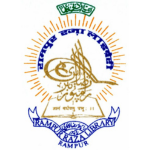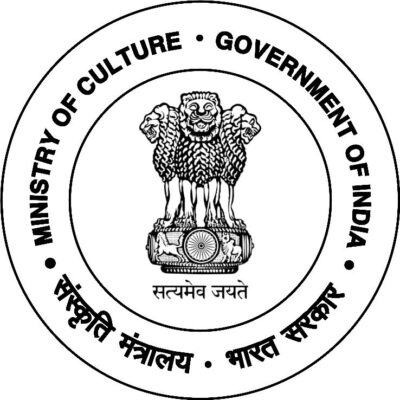In addition to the manuscripts, the printed book section holds considerable significance. This area contains hundreds of rare books in arabic, persian, urdu, english, sanskrit, and hindi that are no longer in publication, preserved solely within the library and museum for research purposes.
The library also features manuscripts from various regions worldwide, including halab, mecca, medina, egypt, iran, and afghanistan, as well as manuscripts from the royal libraries of mughal rulers. Additionally, the seals from the adil shahi library of bijapur, the qutubshahi library of golkonda, and the nizams of hyderabad are present on these manuscripts.
Three manuscripts from the library have been designated as “treasures of india” by national manuscript mission, government of india. The first of these is a 7th-century ad al quran, inscribed on parchment in kufi script by the fourth caliph hazrat ali / imam ali.
The second notable illustrated manuscript is valmiki ramayana, translated into persian by sumer chand and illustrated during the years 1715-16 ad. This manuscript features 258 miniatures that illuminate the art, architecture, costumes, and ornaments of the era. The third manuscript, kalila wa dimna, is part of the panchtantra, an indian anthology of renowned folk tales. It was translated into persian by abul mali nasrullah bin muhammad ghaznavi, and its miniatures vividly portray landscapes, flora, and fauna in striking colors.
Additionally, the rampur raza library houses significant manuscripts inscribed on palm leaves, primarily in the languages of telugu, sanskrit, kannada, sinhalese, and tamil. These texts detail the processes of idol creation and worship, as well as the medicinal attributes of various plants.
The institute is dedicated to promote multilingual and multicultural perspective offered by the nawabs of rampur generation after generation. Plans are underway to establish the institute as a premier multilingual research center, a translation hub, leading manuscript conservation and study facility, and a distinguished cultural institution.
Our primary goal is to offer fellowships to scholars across various languages, provide residential accommodations for researchers, and organize a digital library powered by artificial intelligence, along with seminars and workshops. The multilingual research institute aims to support scholars in conducting research on diverse array of manuscripts. We envision this institution as a comprehensive repository for every language globally and the advancements associated with them. In the initial phase, our focus will be on indian languages, followed by an emphasis on languages from around the world.
The library boasts an extensive collection encompassing over 18 distinct languages, which will be translated for a global audience. We intend to invite multilingual scholars to examine the library’s manuscripts and rare printed works, facilitating translations into sanskrit, hindi, and english. Significant literary contributions from various languages worldwide will also be rendered into these three languages. There exist a vast number of sanskrit manuscripts that remains unexplored. Our commitment extends beyond the preservation of these manuscripts; we will also offer fellowships to scholars for their study. Each year, we will grant fellowships in the fields of sanskrit, arabic, persian, hindi, english, and urdu. The rampur raza library and museum serves as a custodian of the heritage of classical music. In addition to classical and folk art forms of india, rampur encompasses a variety of musical traditions. Our objective is to rejuvenate the fading art forms of india, particularly rampur music gharana. We will collaborate with institutions such as the sahitya natak akademi, sahitya kala akademi, and lalit kala akademi. We will engage in joint efforts to organize events such as kavi sammelan, mushaira, and musical festivals periodically.
International and indian scholars visiting library currently lack access to residential accommodations, which has resulted in many scholars being unable to utilize the library’s resources. To elevate rampur raza library and museum to a world-class institution, it is essential to attract global scholars. Therefore, plans are underway to establish adequate residential facilities in the future.
The library houses a collection of manuscripts, rare printed books, miniatures, and calligraphy, all of which are being digitized. In future, we aim to digitize the entire collection using artificial intelligence and make it accessible to researchers through our website.
The rampur raza library and museum will host world-class seminars and symposiums; lectures; workshops; student engagement; etc on various issues facing humanity. It plans to initiate research projects, collaborate with world-leading academic institutions, and conduct seminars on manuscript research in different languages: short courses in handwriting, library science, binding, cataloguing, calligraphy, etc. Considering the multicultural and multilingual nature of minarets in building with the structure of a temple, gurdwara, church, and mosque, we envision to further it by creating a unique museum of different languages and cultures. We will enable virtual tour for the museum.
With multilingual and multicultural world view of rampur raza library and museum plans to enhance its global reach. In times to come rampur raza library and museum will be a global institution with multiple centres of knowledge generation and excellence. The institution will bridge chasms dividing humanity and will continuously strive for love, peace, coherence, coexistence and prosperity for generations to come.



